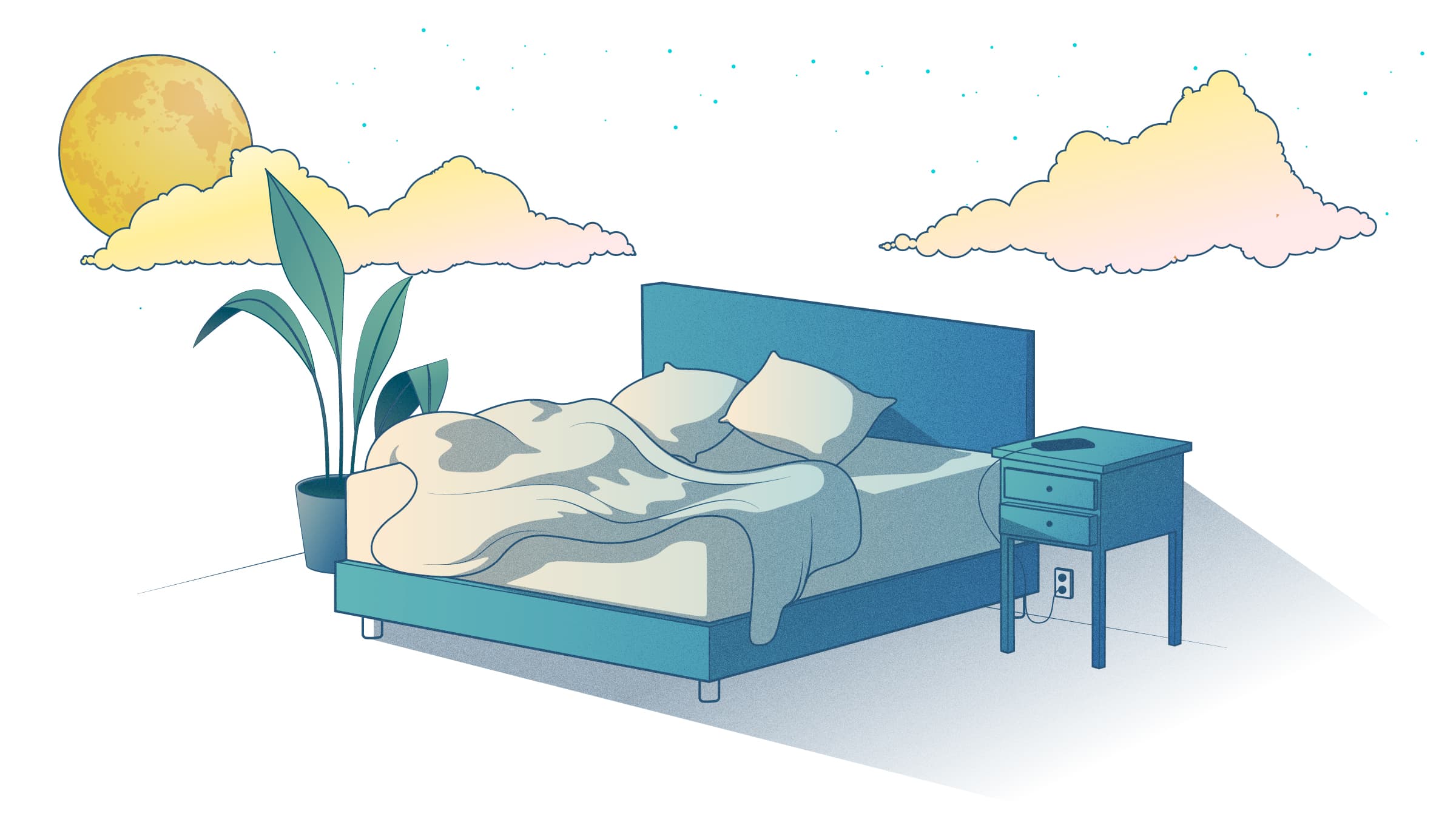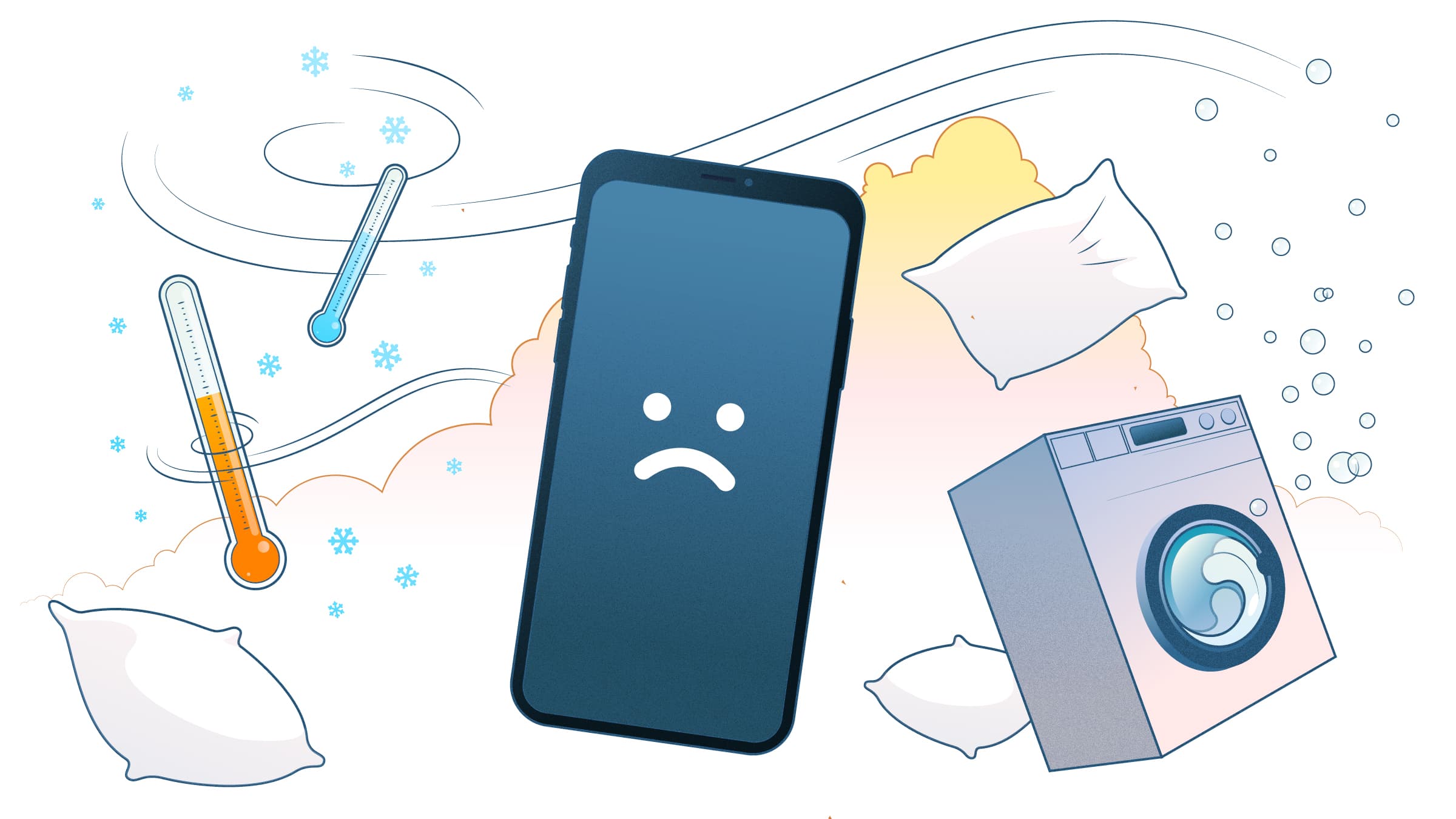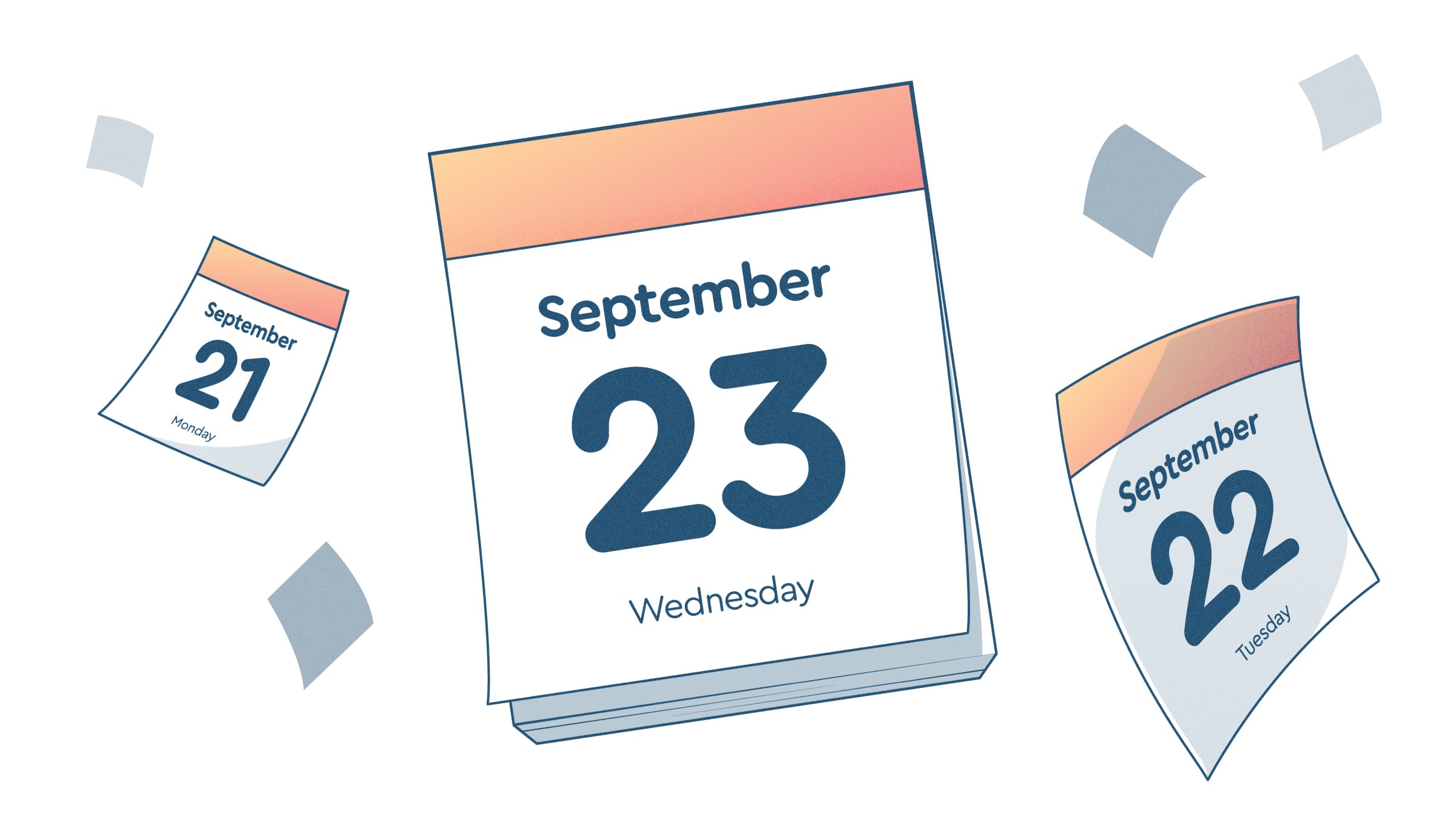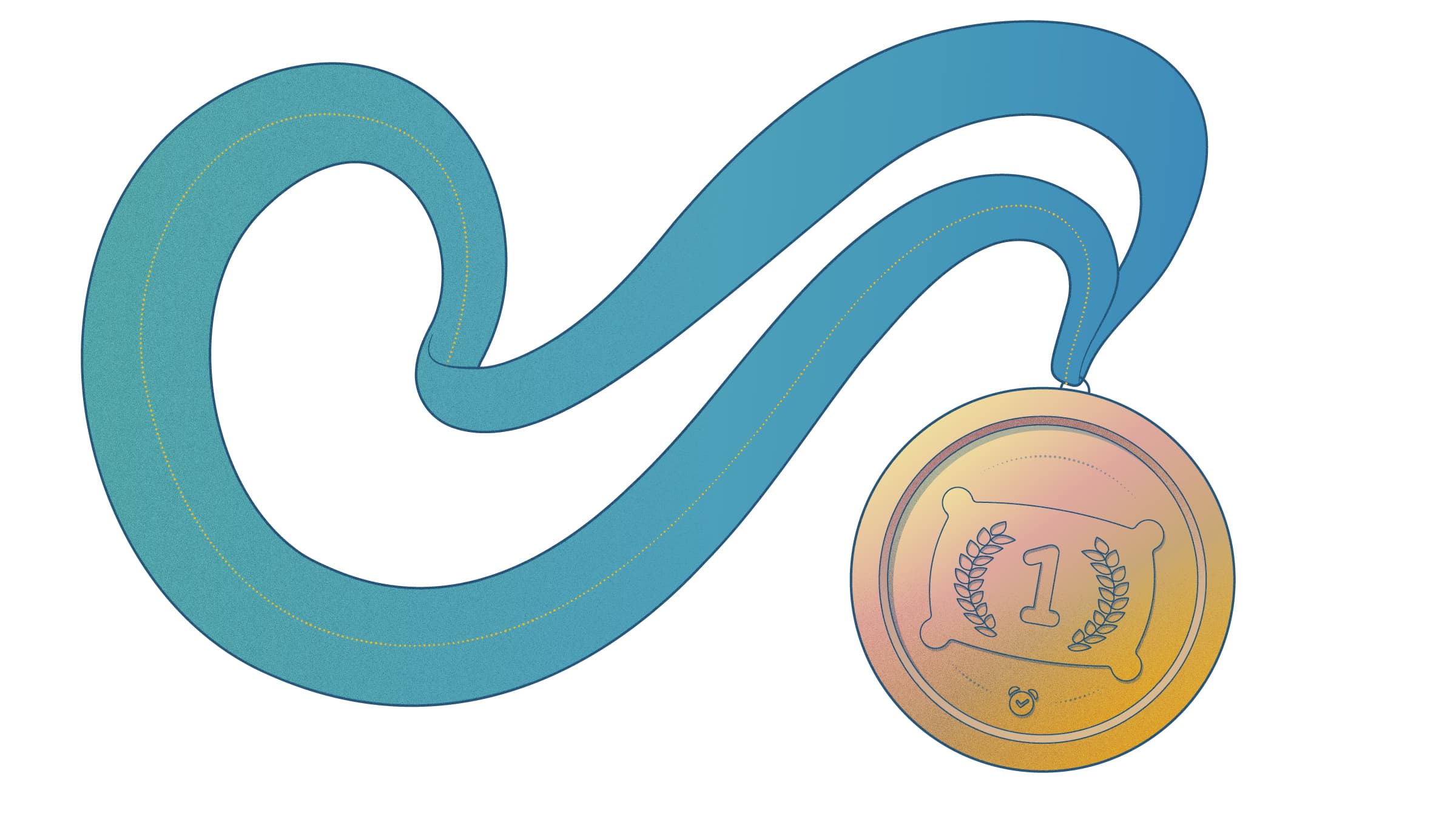
We’ll just get straight to it today, since we’re still hot on the subject of regularity. Let’s talk about the sleeping area.
Yesterday, we told you to write down your earliest possible bedtime and wakeup time on a piece of paper. We said, in relation to that, your bed is for sleeping (and sometimes cuddling) and nothing else. So it’s worth giving some thought to the place where the bed resides. The idea of just sleep and your association with it, extends to the room as well. Depending on your living conditions, it’s perhaps necessary for you to have a working desk close to your bed, piles of clothes at the end of your mattress or a television on the wall. We’re not going to tell you how to furnish your sleeping area, because life is what it is and doesn’t always allow for a complete list of best practices.
It’s worth giving some thought to the place where the bed resides.
But if you’re aware of what they are, then perhaps there’s a thing or two you can do to make your place better suited for sleep.

Keep the temperature low. Around 16-17 Celsius or 60-70 Fahrenheit. It helps your body relax and calm down before sleep.
No clutter. Nothing on the floor, no piles of books, no toys, clothes or whatnot. Furniture that’s not for sleeping or related to your bedtime ritual, you should move out. It distracts from the sole purpose of this place.
No screens in the sleeping area. No television, tablets or phones. The light and the engagement keep your mind alert and block signals that help you feel sleepy. Obviously, the irony’s not lost on us. Sleep Cycle resides on a screen, after all. But we’ll get to that in a minute.
Keep the air fresh. Open windows to create a draft. Get an air humidifier if that’s your thing. Don’t close the door to the sleeping area, unless there’s significant disturbance leaking in from other rooms. Fresh air increases the quality of your rest.
For the same reason, keep your sheets, covers and pillows clean.
Do your bedroom laundry once a week, buuut (and you’re gonna like this)…
… don’t bother too much about making the bed. Yep. We’re saying, don’t make your bed. Leave it unmade and let it breathe. It kills the dust mites and keeps the bed fresh. You can tidy it up an hour or two before bedtime, as part of your ritual.
Keep the room dark. When evening falls and sunlight fades, the body produces melatonin, which helps us feel sleepy. Too much light disturbs that production and tricks your body into thinking it’s not yet time to sleep.
If you find that Sleep Cycle is beneficial for you in journaling your progress to better sleep, we recommend a thoroughly mindful approach to its presence.
When bedtime comes, make sure your screen is in flight and do not disturb-mode. Sleep Cycle is your alarm clock. Turn it on and forget about it. Put it on the nightstand or similar, away from your attention.
Don’t engage in your sleep data when you wake up. When you rise, you should listen to your body first and foremost and go through your morning ritual.
When you find a moment during the day, review your sleep data like you would a journal. Use it to better understand your progress to change. In the context of this course, it can help to keep track of your regularity, your habits, your time in bed in relation to time asleep and the hours of sleep you’re getting. It also helps you wake up at the right time, as softly as possible, in relation to your regularity goals.

Our everyday conditions dictate the practicalities. Pick what you can, don’t stress over what you can’t – no really, we’re not just saying that, don’t worry about it if you can’t change it now – and enjoy your victories, grand or small. Usually, a grand victory is a strike of small ones anyway. And you know how you’ll get there? Through training.
Kind regards, Sleep Cycle with Martin Reed from Insomnia Coach®
BRIEFLY
Go through your sleeping area and make sure you’ve done what you can to make this place about rest and only rest. Fix what you can but don’t panic over what you can’t. Everything counts and helps you to better sleep. You’re not failing if you’re not doing all of this. It’s just another part of your training.


